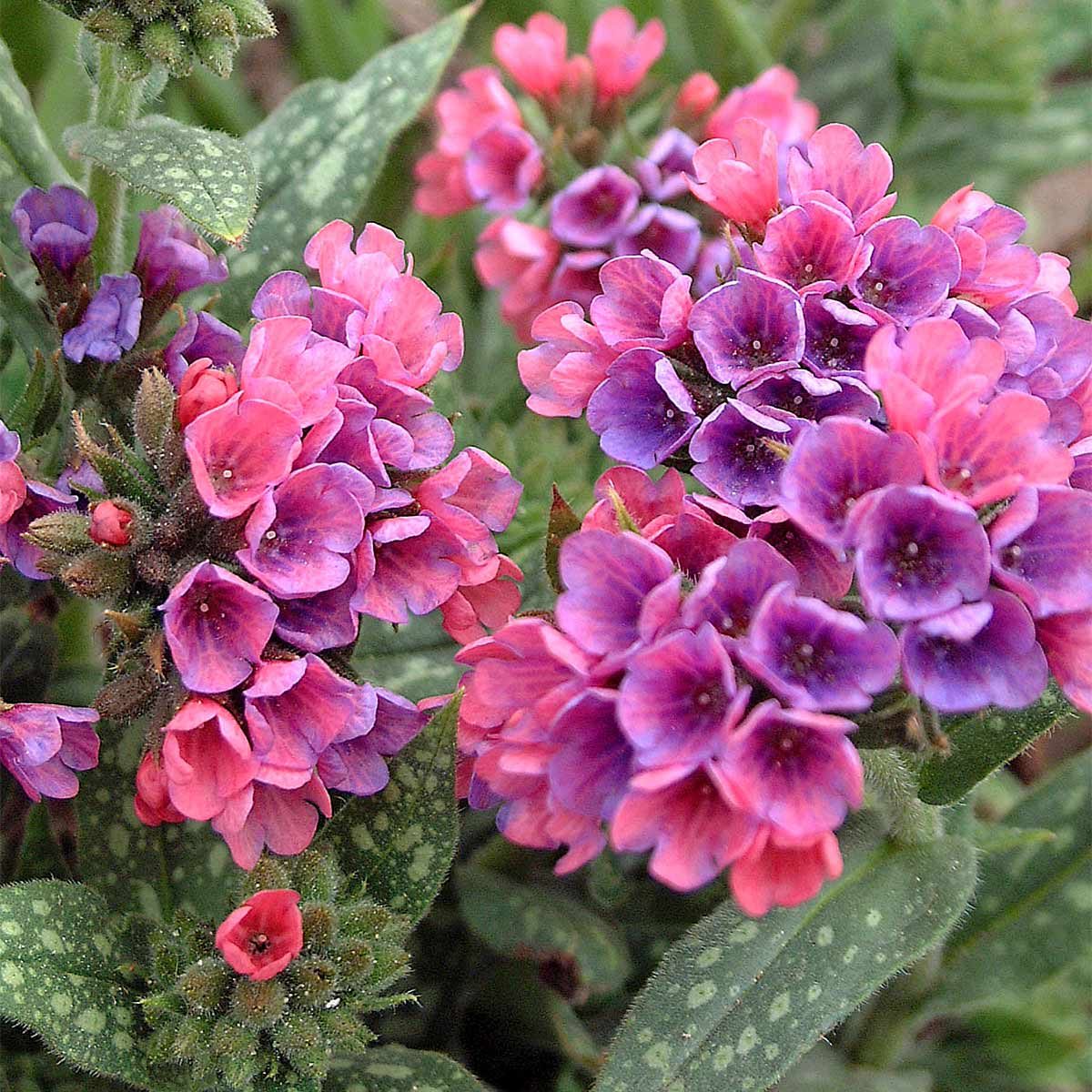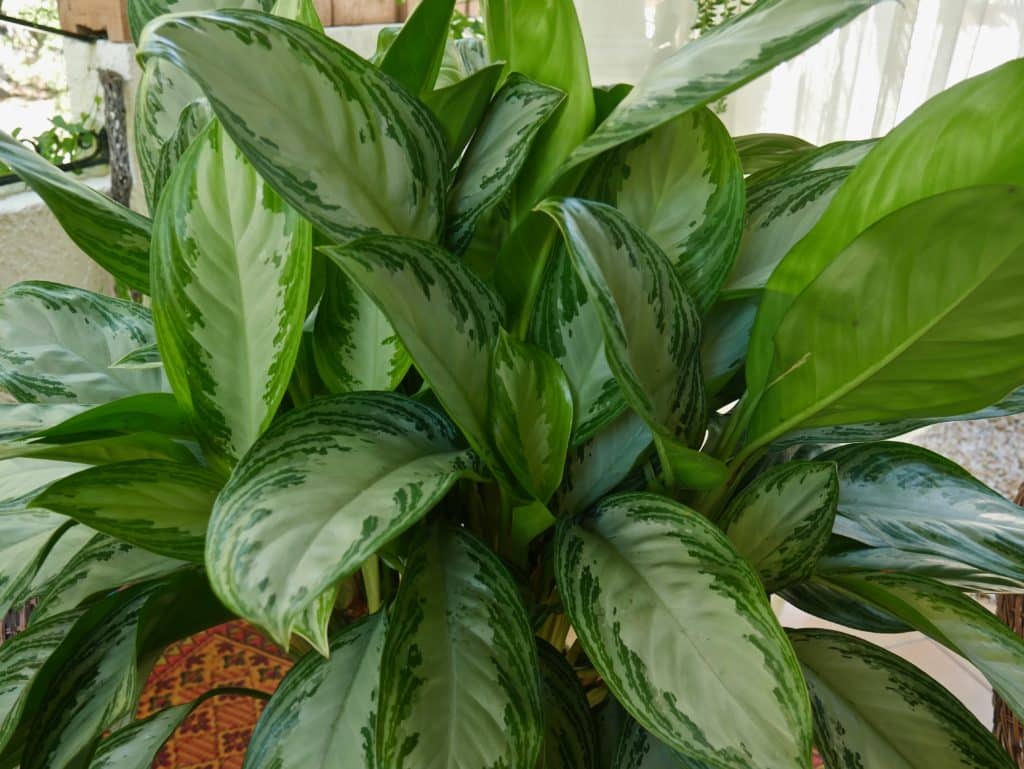Gardening in Low Light: Top Tips for Thriving in the Shadows

Ever felt like you're stuck in the dark when it comes to gardening? Like your green thumb is being held back by the gloom of limited sunlight? Fear not, intrepid gardener! Gardening in low light can be just as rewarding as basking in the full sun. Think of it like a mysterious forest, where the most fascinating plants thrive in the dappled shade. So, let's dive into the world of tips for gardening in limited sunlight and transform those shady spots into lush, verdant sanctuaries.
Understanding Low Light Gardening
Low light gardening isn't about struggling with darkness; it's about making the most of what you've got. Whether you're dealing with limited sun exposure due to tall buildings in urban settings or dense tree canopies in suburban yards, there's always a way to cultivate a thriving garden.
What is Low Light?
Low light refers to conditions where a plant receives less than six hours of direct sunlight per day. This can range from partial shade (3-6 hours of sun) to full shade (less than 3 hours of sun). Understanding these nuances is the first step in mastering low light plant care.
Choosing the Right Plants
Selecting shade tolerant plants is crucial for successful low light gardening. These plants have adapted to thrive in conditions where sunlight is scarce. Let's explore some top picks for your shady sanctuary.
Shade-Loving Annuals and Perennials
Plants like impatiens, begonias, and coleus add vibrant colors to shady areas. For a touch of elegance, consider hostas and ferns, which thrive in the shade and offer beautiful foliage. Don't forget about ground covers like ajuga and lamium, which can create a lush carpet under trees or along pathways.
Indoor Plants for Low Light
If you're into gardening indoors, there are plenty of options for low light conditions. Snake plants, ZZ plants, and pothos are virtually indestructible and can thrive in dimly lit rooms. Peace lilies and cast iron plants are also excellent choices for adding a touch of greenery to your indoor space.
Caring for Low Light Plants
Caring for plants in low light conditions requires a bit of finesse. Here are some essential tips to keep your shade-loving plants happy and healthy.
Watering and Soil
Low light plants generally require less water than their sun-loving counterparts. Ensure your soil is well-draining to prevent root rot. A good rule of thumb is to water when the top inch of soil feels dry to the touch.
Fertilizing
Shade-loving plants typically grow slower and require less fertilizer. A balanced, slow-release fertilizer applied sparingly can provide the nutrients they need without overwhelming them.
Pruning and Maintenance
Regular pruning helps keep your plants healthy and encourages new growth. Remove any dead or damaged leaves to prevent disease and maintain the plant's overall appearance.
Creative Solutions for Low Light Gardening
Sometimes, a little creativity can go a long way in low light gardening. Here are some innovative ideas to maximize your shady spaces.
Vertical Gardening
Utilize walls and fences to create vertical gardens. Plants like ivy, climbing hydrangea, and Boston ivy can add a touch of greenery to otherwise dull surfaces.
Container Gardening
Containers allow you to move plants around to find the perfect light conditions. Choose pots with drainage holes and use a well-draining potting mix to keep your plants healthy.
Reflective Surfaces
Use reflective surfaces like mirrors or light-colored walls to bounce light back onto your plants. This can help maximize the available light and create a brighter environment for your garden.
Urban Gardening Tips for Low Light
Living in the city doesn't mean you have to sacrifice your green thumb. Here are some urban gardening tips to help you make the most of limited sunlight.
Balcony Gardening
Transform your balcony into a lush oasis with shade-loving plants. Choose compact varieties that won't outgrow their containers and opt for hanging baskets to maximize space.
Community Gardens
Join a community garden to share resources and knowledge with fellow gardeners. You might find a shady spot that's perfect for your low light plants.
Indoor Gardening
Bring the outdoors in with indoor plants. Place them near windows or use grow lights to provide the necessary light for growth.
Conclusion: Embrace the Shade
Gardening in low light doesn't have to be a challenge. With the right plants and a bit of creativity, you can transform those shady spots into thriving gardens. Remember, it's all about understanding your environment and choosing plants that will flourish in those conditions. So, embrace the shade and let your garden grow!
FAQs
What are some common mistakes in low light gardening?
- Overwatering, choosing the wrong plants, and not providing enough light are common mistakes. Ensure you select shade-tolerant plants and provide them with the right care.
Can I grow vegetables in low light?
- Some vegetables, like lettuce, spinach, and radishes, can tolerate partial shade. However, most vegetables require at least 6 hours of sunlight to thrive.
How can I tell if my plant is getting enough light?
- Look for signs of leggy growth, yellowing leaves, or slow growth. These are indicators that your plant may not be getting enough light.
What are some low light plants that are pet-friendly?
- Spider plants, Boston ferns, and peperomia are all pet-friendly and can thrive in low light conditions.
Can I use artificial light for low light plants?
- Yes, grow lights can provide the necessary light for low light plants. Ensure you choose the right type of light and provide the correct amount of light for your plants.


0 Response to "Gardening in Low Light: Top Tips for Thriving in the Shadows"
Post a Comment